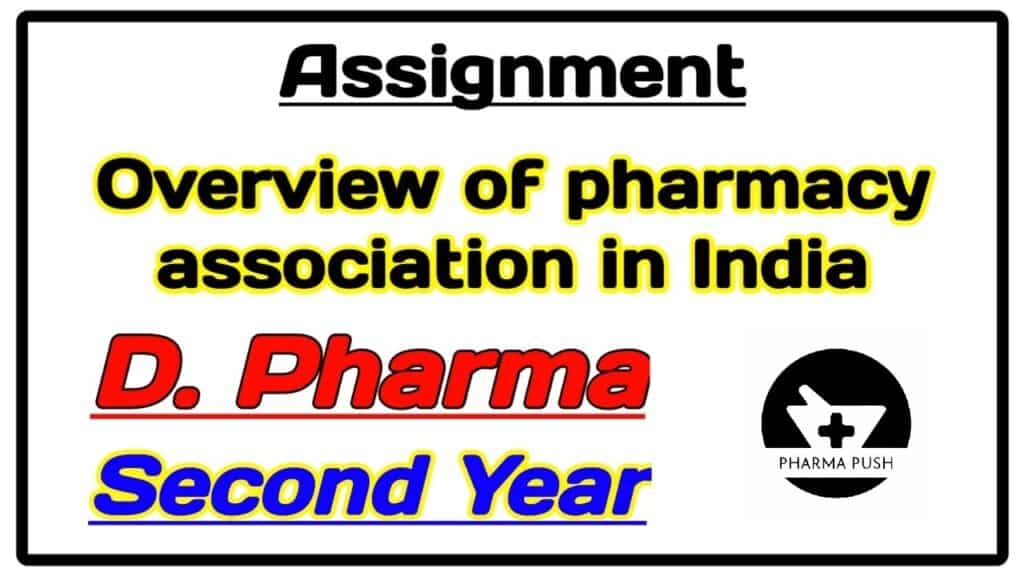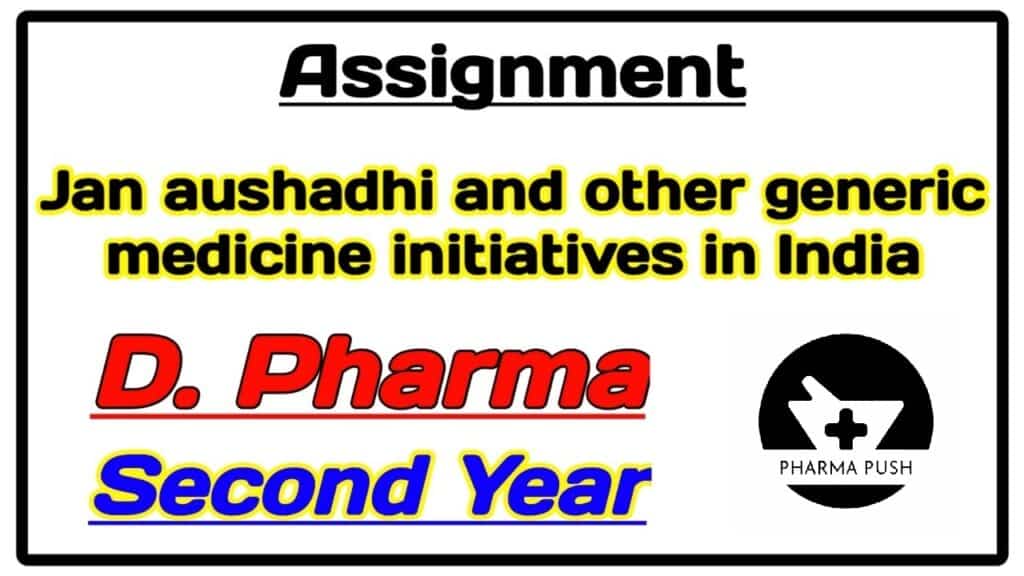What are prescription abbreviations?
You may have seen prescription abbreviations like qd, hs, or bid on your medication labels, which are derived from the latin words for “every day,” “at bedtime,” and “twice daily,” respectively. Perhaps one of the most common is Rx, which is the official symbol for “prescription.” Thought to be derived from the latin word for “recipe,” this abbreviation relays to pharmacists that a prescription is authorized to be filled.
This article will discuss the Latin abbreviations healthcare providers use on prescriptions and help you learn how to translate them. It will also discuss steps you can take to protect yourself from prescribing errors.
Assembling a comprehensive list of prescription abbreviations along with their interpretations provides valuable insight into the language and conventions used in medical practice.
The Origins of “Rx” as an Abbreviation for “Prescription”
Rx is an abbreviation for “prescription.” In the U.S. it is believed that the origin of the symbol is an abbreviation of the Latin word for “recipe,” which means “take.” In Europe, another suggestion of the origin of the symbol appears to represent the astronomical sign of the planet Jupiter. According to another theory, the Rx symbol is based on the Roman deity Jupiter. Jupiter’s symbol looked similar to the Rx symbol. The symbol may have been placed on a prescription to invoke Jupiter’s blessing.
The abbreviations may be written in capital letters or small letters, and may or may not include periods.
Here’s an extensive compilation of abbreviations commonly found in prescriptions, categorized by their usage and interpretation.
You May Like: SOPs for various activities in Community Pharmacy (as discussed in Theory and Practical)
You May Like: Overview on the common fixed dose combinations in easy language
Dosage and Frequency:
- OD: Once daily
- BD: Twice daily
- TDS: Three times daily
- QDS: Four times daily
- QID: Four times daily
- HS: At bedtime (from Latin “hora somni”)
- PC: After meals (from Latin “post cibum”)
- AC: Before meals (from Latin “ante cibum”)
- PRN: As needed (from Latin “pro re nata”)
- QAM: Every morning
- QPM: Every evening
- Q4H, Q6H, Q8H, etc.: Every 4, 6, 8 hours, etc.
- QOD: Every other day (from Latin “quaque altera die”)
Route of Administration:
- PO: By mouth (from Latin “per os”)
- IV: Intravenous
- IM: Intramuscular
- SQ: Subcutaneous
- PR: Rectal (from Latin “per rectum”)
- TOP: Topical
- OTIC: Ear drops
- OD: Right eye (from Latin “oculus dexter”)
- OS: Left eye (from Latin “oculus sinister”)
- OU: Both eyes (from Latin “oculi uterque”)
- INH: Inhalation
Patient Instructions:
- NR: No refills
- UD: Use as directed
- NP: Not to be refilled
- DAW: Dispense as written
- UD: Use as directed
- Sig: Let it be labeled
- UDD: Use as directed
- UDHS: Use as directed, by the hour of sleep
- ETOH: Alcohol
- NPO: Nothing by mouth (from Latin “nil per os”)
- SS: Half (from Latin “semis”)
- NSS: Normal saline solution
- SOS: If necessary (from Latin “si opus sit”)
- ASAP: As soon as possible
Medical Conditions and States:
- SOB: Shortness of breath
- CVA: Cerebrovascular accident (stroke)
- COPD: Chronic obstructive pulmonary disease
- DM: Diabetes mellitus
- HTN: Hypertension
- CHF: Congestive heart failure
- UTI: Urinary tract infection
- GI: Gastrointestinal
- GERD: Gastroesophageal reflux disease
- IBS: Irritable bowel syndrome
- CNS: Central nervous system
- PVD: Peripheral vascular disease
- PID: Pelvic inflammatory disease
- PID: Pelvic inflammatory disease
- UTI: Urinary tract infection
- RA: Rheumatoid arthritis
- OA: Osteoarthritis
- TIA: Transient ischemic attack
- MI: Myocardial infarction
Laboratory and Diagnostic Abbreviations:
- CBC: Complete blood count
- CMP: Comprehensive metabolic panel
- UA: Urinalysis
- ECG/EKG: Electrocardiogram
- MRI: Magnetic resonance imaging
- CT: Computed tomography
- PT: Prothrombin time
- PTT: Partial thromboplastin time
- INR: International normalized ratio
- HbA1c: Glycated hemoglobin (used for monitoring diabetes)
- ESR: Erythrocyte sedimentation rate
- CRP: C-reactive protein
- BUN: Blood urea nitrogen
- SCr: Serum creatinine
- HDL: High-density lipoprotein
- LDL: Low-density lipoprotein
Medication Names and Classes:
- ASA: Acetylsalicylic acid (Aspirin)
- APAP: Acetaminophen
- NSAIDs: Nonsteroidal anti-inflammatory drugs
- ACEI: Angiotensin-converting enzyme inhibitor
- ARB: Angiotensin II receptor blocker
- SSRI: Selective serotonin reuptake inhibitor
- SNRI: Serotonin-norepinephrine reuptake inhibitor
- MAOI: Monoamine oxidase inhibitor
- BB: Beta-blocker
- CCB: Calcium channel blocker
- PPI: Proton pump inhibitor
- H2RA: Histamine-2 receptor antagonist
- SSA: Somatostatin analogs
- SABA: Short-acting beta-agonist
- LABA: Long-acting beta-agonist
- SGLT2: Sodium-glucose cotransporter-2 inhibitors
- GLP-1: Glucagon-like peptide-1 receptor agonists
- DPP-4: Dipeptidyl peptidase-4 inhibitors
- TZD: Thiazolidinediones
- BMI: Body mass index
- LFTs: Liver function tests
- HRT: Hormone replacement therapy
- NS: Normal saline
- TPN: Total parenteral nutrition
Miscellaneous Abbreviations:
- Rx: Prescription
- OTC: Over-the-counter
- POISON: Poison control hotline number
- MEDWATCH: FDA’s safety information and adverse event reporting program
- APAP: Acetaminophen
- HRT: Hormone replacement therapy
- TCA: Tricyclic antidepressant
- SSRIs: Selective serotonin reuptake inhibitors
- CYP: Cytochrome P450
- SSRIs: Selective serotonin reuptake inhibitors
This compilation of prescription abbreviations and their interpretations provides insight into the language of medical practice and helps ensure clarity and accuracy in medication administration and communication among healthcare providers and patients. Always consult with healthcare professionals for accurate interpretation and use of prescription abbreviations.
Declining Use of Prescription Abbreviations
The Latin terms are still in use, but some healthcare providers are retiring them. It is becoming more common for healthcare providers to write prescription instructions in plain language. Readable prescriptions can help prevent medication errors. That is why many medical professionals believe written instructions should be used instead of hard-to-read abbreviations.
For example, the abbreviation qd, which means “daily,” could be mistaken for qid, which means “four times a day.” It could also be confused for od, which means “right eye.” Simply writing “daily” prevents confusion. E-prescribing, or electronic prescribing, can also help prevent medication errors. Instructions sent directly to the pharmacy electronically are less prone to human error. If your healthcare provider uses electronic prescribing, you may never see the abbreviations.
To avoid ambiguity, the following abbreviations are not recommended.
- a.u., a.s., a.d. – Latin for both, left and right ears; the “a” can be misread to be an “o” and interpreted to mean both, right or left eyes
- bt – intended to mean “bedtime”, but can be misread as “bid” or twice daily.
- d/c – can mean “discontinue” or “discharge”
- h.s. – can mean half strength or “hour of sleep”
- IJ – intended to mean “injection”, but can be misread as “IV”
- IN – intended to mean “intranasal”, but can be misread as “IM” or “IV”
- IU – intended to mean “international unit”, but can be misread as “IV” or “10”
- o.d., o.s., o.u. – the “o” can be misread as “a”.
- o.d. – can mean “once daily” or “right eye”.
- OJ – intended to mean “orange juice” but can be misread as “OD” or “OS”
- q4PM – intended to mean “at 4 PM”, but can be misread as every 4 hours
- q.d., q1d – intended to mean “every day” but can be misread as “q.i.d.” or 4 times a
day - q.o.d. – meant “every other day” but the “o” can be interpreted as “.” or “i” resulting
in double or eight times the frequency - SC – meant “subcutaneaous” but mistaken for “SL” for “sublingual”
- SQ – meant “subcutaneaous” but mistaken for “5Q” or 5 every dose
- ‘ss‘ – intended to mean “sliding scale” or “1/2”, but can be mistaken as “55”
- ‘SSI, SSRI – intended to mean “sliding scale insulin” or “sliding scale regular insulin”,
but can be mistaken as “strong solution of iodine” or “selective serotonin reuptake
inhibitor - T.I.W – meant 3 times a week but mistaken for twice a week
- U – meant “units” but mistaken for “0”, “4” (so “4U” can become “40” and the “U” is
assumed), or misread as “cc” when poorly written; conversely cc can be mistaken
for “U” - μg – meant “microgram” but mistaken for “mg”; this 1000-fold error can cause
potentially fatal misunderstandings

